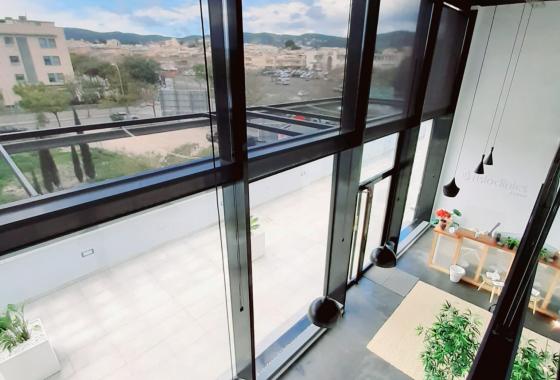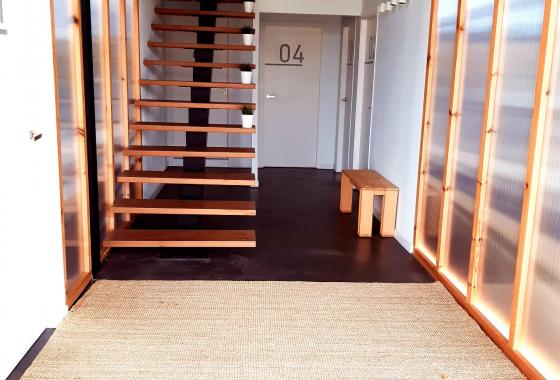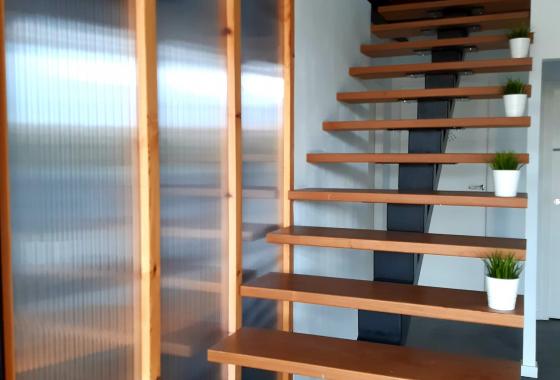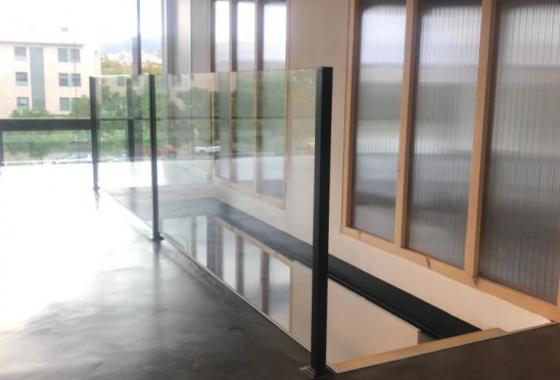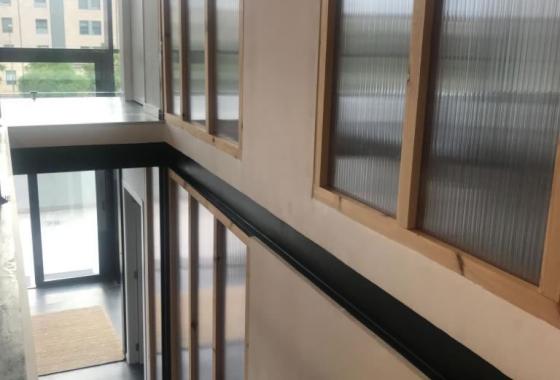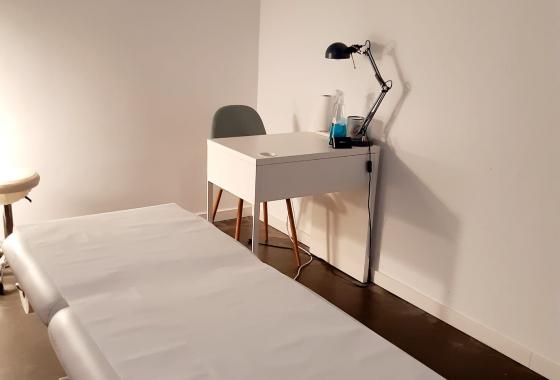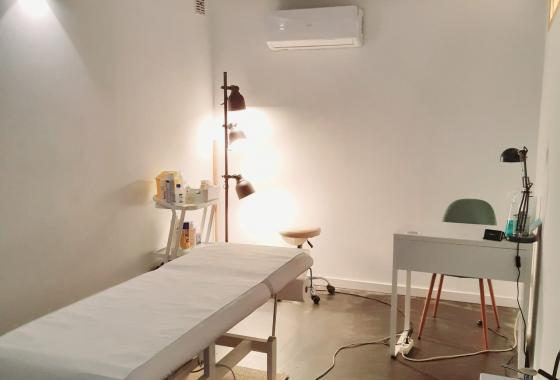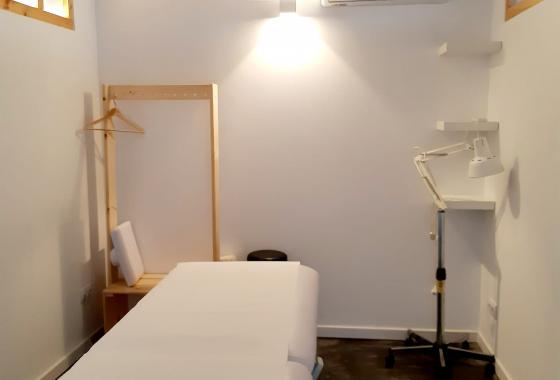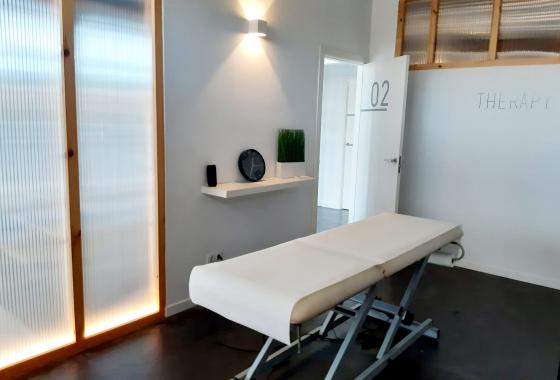Patellar Tendonitis is often seen in sports such as basketball and volleyball that frequently perform jumping and landing operations and recurring sports such as soccer. At FisioClinics Palma de Mallorca you can find the appropriate treatment for this injury, if you want to know more about Patellar Tendinitis continue reading the following article ...
What is Patellar Tendonitis?
First of all, to understand Patellar Tendinitis, it is necessary to know where the ligament of the patella of the injured part is. The patellar ligament is the part below the flat bone of the knee, it is connected to the muscles in front of the thighs.
The muscle in front of the thigh (quadriceps muscles) passes through the knee, wraps around the kneecap, then becomes a patellar ligament (which lasts), and finally attaches to the tibia bone.
Patellar Tendinitis is caused by overuse or loading, including the patellofemoral tendon, some people feel front knee pain after sitting for a long time, a long time, or a long time. Of course, going up and down stairs, running, and jumping can also aggravate pain.
What are the symptoms of Patellar Tendonitis?
The symptoms of Patellar Tendonitis can be:
-
After exercise, there is pain below or below the knee.
-
There is pain shortly after exercising, but when it warms up, the pain gradually subsides.
-
You feel pain again after exercise.
-
In more severe cases the pain is severe even just walking.
-
Pain and tenderness in the front of the knee that occurs during exercise.
-
Local heat sensation, swelling.
-
If you bend your knees it causes pain.
-
Stiffness in the front of the thigh.
What Causes Jumper's Knee?
One of the causative factors is the reduced flexibility of the quadriceps femoris. But also Jumper's Knee (patellar tendonitis) is often caused by overuse of the tendon. Overuse leads to a small cut or tear in the tendon, other associated causes are:
-
Excess weight: being overweight or obese increases the pressure on the knee's patellar tendon.
-
Lack of flexibility and muscle strength.
-
Tight or weak muscles provide insufficient support to the knee, as it does not absorb enough pressure on the knee joint.
-
Biomechanical problems: Some birth defects, such as shortening an irregular leg, knees, or feet can make a person more susceptible to patellar tendonitis.
-
High-risk sports and activities: Some sports and activities put more pressure on the knee than others.
-
Old knee injuries.
-
Increasing the duration or intensity of sudden sports can increase the pressure on the tendon, and also the sudden change of sports shoes.
-
Tight thigh muscles, where muscle tension can increase in the patella tendon.
-
Unbalanced muscle strength: If the leg muscles are stronger than other muscles, the strong muscles will increase the stress on the patellar tendon.
-
Chronic diseases, some diseases interfere with the arrival of blood to the patellar tendon.
How is the medical diagnosis of Patellar Tendonitis made?
The diagnosis is based on the physical exam where in addition to asking about the pain and its location, how it feels when it starts, what can improve or worsen, your knee will be pressed to locate the pain. Sometimes the pain resulting from Patellar Tendonitis is in the front of the knee, below the knee bone (patella / kneecap). If necessary, imaging studies such as:
-
X-rays, the purpose of X-rays is to rule out other causes of knee pain.
-
MRI - uses magnetic waves and radio waves, creates a detailed image of your knee to show minor changes in the patellar tendon.
 Physiotheraphy
Physiotheraphy Osteopathy
Osteopathy Massage
Massage Lymphatic
Lymphatic Group classes
Group classes Home
Home Baby
Baby










